Museum of Time (Musée du Temps), Besançon | Art Museum Guide

Source: Arnaus, Musée du Temps, Wikipedia, https://commons.wikimedia.org/wiki/File:Palais_Grandvelle_Musée_du_Temps.jpg?uselang=fr
The Museum of Time (Musée du Temps), Besançon, is an exceptional art museum that blends the worlds of horology, history, and fine arts within a stunning historical setting. Located in the heart of Besançon, this museum occupies the prestigious Granvelle Palace, a 16th-century Renaissance masterpiece that enhances the cultural and architectural allure of the experience. Its unique concept revolves around the exploration of time, not only through the science of timekeeping but also through its artistic and historical significance.
The museum’s extensive collections feature remarkable timepieces, ranging from early mechanical clocks to sophisticated contemporary watches. Alongside horology, visitors can admire fine art pieces, scientific instruments, and decorative objects that together weave a narrative of human innovation and artistic expression. Each exhibition is carefully curated to reveal how time has influenced culture, technology, and creativity throughout the centuries.
As an integral part of Besançon’s identity—known historically for its watchmaking heritage—the Museum of Time offers an enriching journey that appeals to art lovers, history enthusiasts, and curious minds alike. With panoramic views of the city, engaging interactive displays, and a variety of educational programs, this art museum stands as one of the most distinctive cultural destinations in the region.
Location In Besançon’s Historic Center
The Museum of Time (Musée du Temps), Besançon, enjoys a prime location in the city’s historic center, surrounded by centuries of cultural and architectural heritage. Situated within the UNESCO-listed fortifications of Besançon, the art museum is easily accessible on foot, making it an ideal starting point for exploring the old town. The museum is nestled among charming cobblestone streets, lively squares, and well-preserved Renaissance and Baroque buildings, offering visitors an immersive experience even before they step inside.
Its position in the heart of Besançon places it close to other notable attractions, such as the Besançon Citadel, the Cathedral of Saint-Jean, and the Doubs River promenade. This convenient location allows visitors to combine their museum visit with other cultural or leisure activities in the area. Public transportation options, including buses and the city’s tram system, provide easy connections for those arriving from other districts.
Being in such a central spot also means the museum is surrounded by numerous cafés, restaurants, and boutique shops, allowing guests to enjoy a full day in the historic center. The Museum of Time’s strategic location not only makes it a cultural highlight but also integrates it seamlessly into the vibrant rhythm of Besançon’s historic and artistic life.
The Granvelle Palace Setting
The Museum of Time (Musée du Temps), Besançon, is housed in the distinguished Granvelle Palace, a Renaissance architectural jewel built in the 16th century. Originally commissioned by Cardinal Antoine Perrenot de Granvelle, the palace reflects the wealth, influence, and artistic taste of one of Besançon’s most prominent historical figures. Its elegant façade, ornate stonework, and symmetrical proportions stand as a testament to Renaissance craftsmanship in the region.
Inside, the palace offers a striking combination of grand halls, vaulted ceilings, and refined details that create an atmosphere of historical grandeur. The building’s design allows for generous natural light, enhancing the presentation of the museum’s collections. Visitors can admire period features such as intricately carved staircases, decorative fireplaces, and frescoes that transport them back to the height of the Renaissance era.
The palace’s adaptation into an art museum has been carefully executed to preserve its historical integrity while providing a functional space for exhibitions and educational activities. Its blend of historical architecture and modern museum design ensures a unique setting where art, history, and science come together. Standing as both a heritage site and a cultural institution, the Granvelle Palace elevates the Museum of Time into one of Besançon’s most treasured landmarks.
Horology Collections
The Museum of Time (Musée du Temps), Besançon, is renowned for its extraordinary horology collections, reflecting the city’s long-standing watchmaking tradition. As an art museum dedicated to the concept of time, it offers visitors an unparalleled view into the evolution of timekeeping devices from antiquity to the modern era. The collection spans centuries, featuring exquisite examples of sundials, astronomical clocks, pocket watches, marine chronometers, and intricate mechanical timepieces.
Many of the pieces on display highlight the exceptional craftsmanship and precision for which Besançon became internationally known. Visitors can see masterfully crafted works by local watchmakers, as well as rare instruments from other renowned horological centers. The exhibits not only focus on the technical aspects of timekeeping but also on the artistic and decorative elements, showcasing finely engraved cases, enamel dials, and ornate designs.
Interactive displays and educational panels guide guests through the science behind clockmaking, explaining the mechanics of escapements, pendulums, and other essential components. The horology collections serve as a testament to human ingenuity and the desire to measure and master time. This remarkable assembly of artifacts ensures that the Museum of Time remains a must-visit destination for both art lovers and those fascinated by the history of precision craftsmanship.
Fine Art Exhibitions
While horology lies at the heart of the Museum of Time (Musée du Temps), Besançon, its fine art exhibitions offer an equally captivating dimension to the visitor experience. This art museum curates a diverse selection of artworks that explore the cultural, symbolic, and emotional aspects of time.
The fine art collection includes paintings, sculptures, and decorative arts from various periods, with particular emphasis on works that reflect humanity’s relationship with time, change, and memory. Many pieces are drawn from regional heritage, while others come from international sources, creating a dialogue between local artistry and global influences.
Temporary exhibitions regularly introduce fresh themes, ranging from classical interpretations of time in allegorical paintings to contemporary explorations through multimedia installations. This dynamic programming ensures that every visit offers something new and thought-provoking.
The museum’s curators carefully select artworks that complement its horological treasures, encouraging visitors to see time not only as a scientific measurement but also as an inspiration for artistic creation. Elegant gallery spaces within the Granvelle Palace provide a fitting backdrop for these exhibitions, enhancing their visual impact. By combining fine art with historical and scientific collections, the Museum of Time offers a holistic cultural experience that resonates with a wide audience.
Interactive Displays
The Museum of Time (Musée du Temps), Besançon, enhances the visitor experience through its well-designed interactive displays. As an art museum that blends science, history, and creativity, it offers hands-on exhibits that invite guests to engage directly with the concept of time. These interactive elements are strategically placed throughout the museum, allowing visitors to explore the inner workings of clocks, the movement of celestial bodies, and the precision of mechanical engineering in a tangible way.
Digital screens, touch-sensitive panels, and mechanical models provide dynamic demonstrations of timekeeping mechanisms, making complex concepts accessible to all ages. Some exhibits allow visitors to assemble clock parts virtually, while others offer simulations of astronomical observations, helping to explain how early scientists measured time by tracking the stars and planets.
The interactive displays also incorporate historical narratives, using multimedia presentations to tell the stories of notable watchmakers, scientific pioneers, and artists whose work is represented in the museum. These features are especially popular with younger audiences, as they combine education with entertainment. By encouraging active participation, the Museum of Time ensures that each guest leaves with a deeper understanding of time’s role in human civilization.
Scientific Instruments
The Museum of Time (Musée du Temps), Besançon, boasts an impressive collection of scientific instruments that highlight the relationship between technological innovation and time measurement. As an art museum dedicated to the multifaceted nature of time, it showcases devices that were instrumental in the advancement of navigation, astronomy, and precision engineering.
Among the collection are astrolabes, sextants, chronometers, and early telescopes, each representing a significant milestone in human efforts to understand and quantify time and space. These instruments not only served practical purposes but also reflect the artistry of their makers, often featuring fine engravings, intricate designs, and high-quality materials.
Visitors can trace the evolution of scientific tools from ancient observational devices to modern precision instruments. Many exhibits are accompanied by detailed explanations of how they were used, highlighting the ingenuity required to develop accurate timekeeping and measurement methods long before the digital age.
By displaying these artifacts in the elegant setting of the Granvelle Palace, the museum provides historical context, linking scientific progress to cultural and artistic achievements. The scientific instruments collection is an essential part of the Museum of Time’s narrative, offering insight into the fusion of craftsmanship, innovation, and the enduring human fascination with mastering time.
Panoramic Views From The Palace
One of the most memorable experiences at the Museum of Time (Musée du Temps), Besançon, is the opportunity to enjoy breathtaking panoramic views from the upper levels of the Granvelle Palace. As an art museum set within a historic Renaissance building, its elevated vantage points provide sweeping perspectives over the charming rooftops of Besançon, the winding Doubs River, and the surrounding hills.
These views offer visitors a unique way to connect the museum’s collections with the city’s heritage, as the landscape itself tells a story of centuries-old watchmaking traditions and architectural beauty. From this height, the fortified walls of Besançon, a UNESCO World Heritage site, can be clearly seen, as well as landmarks such as the Cathedral of Saint-Jean and the iconic Citadel.
The observation points are accessible during museum visits, often located near exhibition spaces, allowing guests to step outside briefly and appreciate the scenery before continuing their exploration. The views are particularly enchanting in the late afternoon, when the golden light enhances the colors of the city and the surrounding countryside. This scenic element adds another layer to the museum visit, making it both a cultural and visual delight.
Educational Programs
The Museum of Time (Musée du Temps), Besançon, takes pride in its comprehensive educational programs, designed to deepen understanding of the art, science, and history of timekeeping. As an art museum that values learning for all ages, it offers activities tailored to schools, families, and adult learners.
Workshops provide hands-on experiences, such as assembling clock mechanisms, exploring sundial construction, and experimenting with time-measuring devices. Guided tours, led by knowledgeable staff, offer in-depth insights into the museum’s horology collections, fine art exhibitions, and scientific instruments. These tours often include thematic focuses, such as the evolution of watchmaking or the artistic symbolism of time in painting.
Lectures and special events invite experts in horology, history, and the arts to share their knowledge, creating opportunities for meaningful engagement with the subject matter. The museum also collaborates with local schools and universities to support curriculum-based learning, making it a valuable educational resource for the community.
By combining interactive learning with historical context, the educational programs at the Museum of Time inspire curiosity and foster appreciation for both the technical and artistic aspects of time. This commitment to education ensures that every visitor leaves with new knowledge and a richer connection to the themes explored in the museum.
Accessibility Features
The Museum of Time (Musée du Temps), Besançon, is committed to ensuring that all visitors can enjoy its collections and exhibitions comfortably. As an art museum located within the historic Granvelle Palace, thoughtful adaptations have been made to accommodate guests with varying mobility needs while preserving the building’s heritage.
Elevators and ramps are available to provide access to different floors, ensuring that key exhibition areas are reachable without difficulty. Doorways and passageways have been adjusted where possible to allow smooth navigation for wheelchair users. Seating areas are placed throughout the museum, allowing visitors to rest during their exploration.
For guests with visual impairments, certain exhibitions feature tactile elements, allowing a hands-on understanding of selected objects. Audio guides and large-print materials are also available to make the experience more inclusive. The museum staff is trained to provide assistance when needed, ensuring that visitors feel welcomed and supported.
Accessible restrooms and designated parking spaces nearby further enhance convenience for visitors with reduced mobility. By prioritizing accessibility, the Museum of Time ensures that its celebration of horology, fine arts, and scientific innovation can be shared with a diverse audience, fostering a truly inclusive cultural experience in the heart of Besançon.
Multilingual Information
The Museum of Time (Musée du Temps), Besançon, welcomes a diverse international audience and provides multilingual information to enhance the visitor experience. As an art museum with global appeal, it ensures that exhibitions, guides, and resources are accessible to speakers of different languages.
Exhibition panels and descriptions are often available in French, English, and other widely spoken languages, making it easier for international guests to fully appreciate the stories behind the collections. Audio guides, offered in multiple languages, provide detailed insights into the museum’s horology collections, fine art exhibitions, and historical context.
Printed brochures and maps are available at the reception, helping visitors navigate the museum’s spaces while learning about the cultural and scientific treasures on display. Digital resources, including the museum’s official website, also feature multilingual content for those who wish to plan their visit in advance.
The multilingual approach extends to guided tours, which can be arranged in various languages upon request. This commitment to linguistic accessibility ensures that the Museum of Time’s unique blend of art, history, and science can be enjoyed and understood by visitors from around the world. By offering clear, inclusive communication, the museum strengthens its role as a welcoming cultural landmark in Besançon.
Conclusion
The Museum of Time (Musée du Temps), Besançon, stands as a remarkable art museum where history, science, and creativity converge. Housed in the elegant Granvelle Palace, it offers a rare opportunity to explore exquisite horology collections, fine art exhibitions, and scientific instruments in a setting of architectural beauty. With interactive displays, panoramic city views, and engaging educational programs, the museum provides a rich cultural experience for visitors of all ages. Its central location in Besançon’s historic center, combined with thoughtful accessibility features and multilingual resources, ensures that every guest can fully appreciate its unique celebration of time and artistry.
Let Us Know What You Think!
Every information you read here are written and curated by Kreafolk's team, carefully pieced together with our creative community in mind. Did you enjoy our contents? Leave a comment below and share your thoughts. Cheers to more creative articles and inspirations!


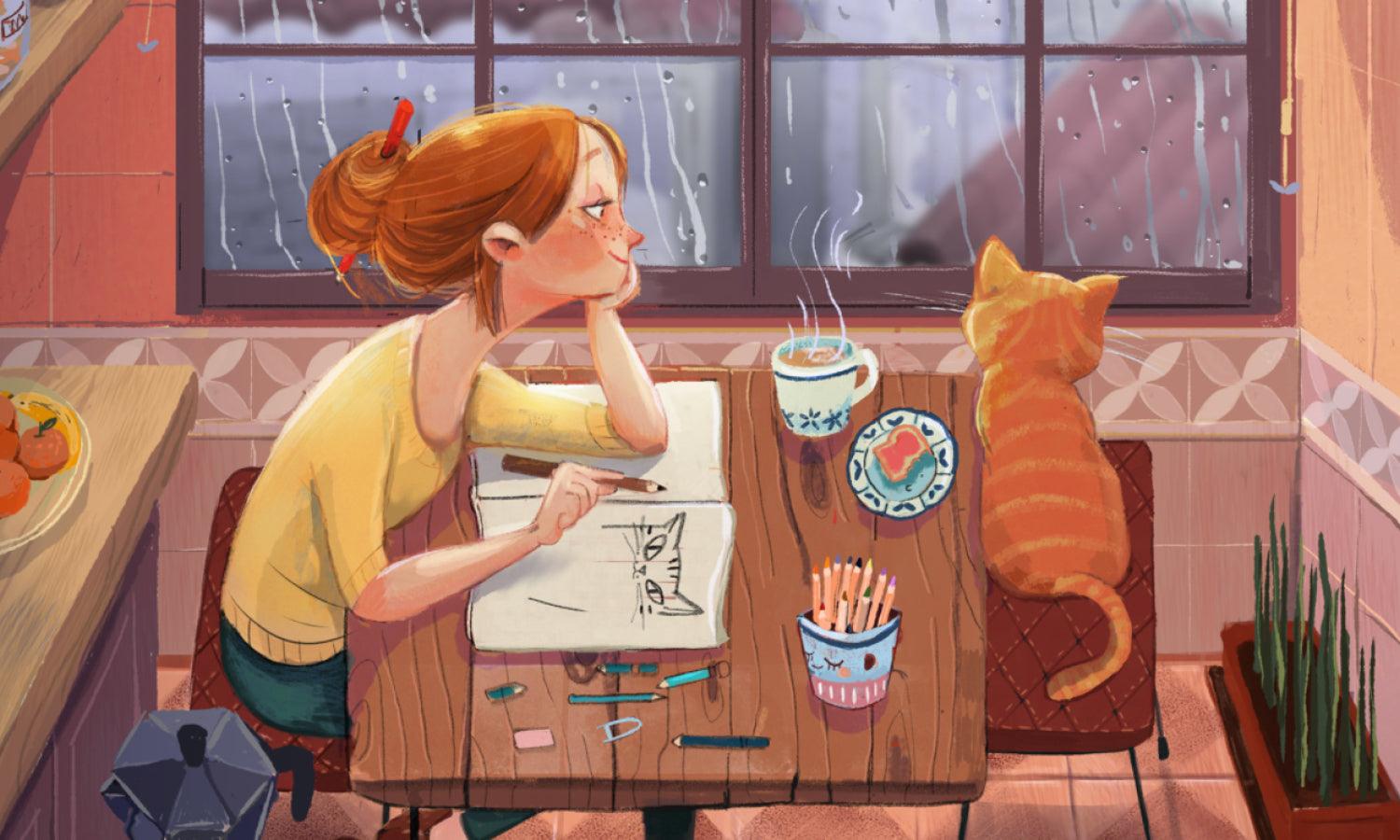
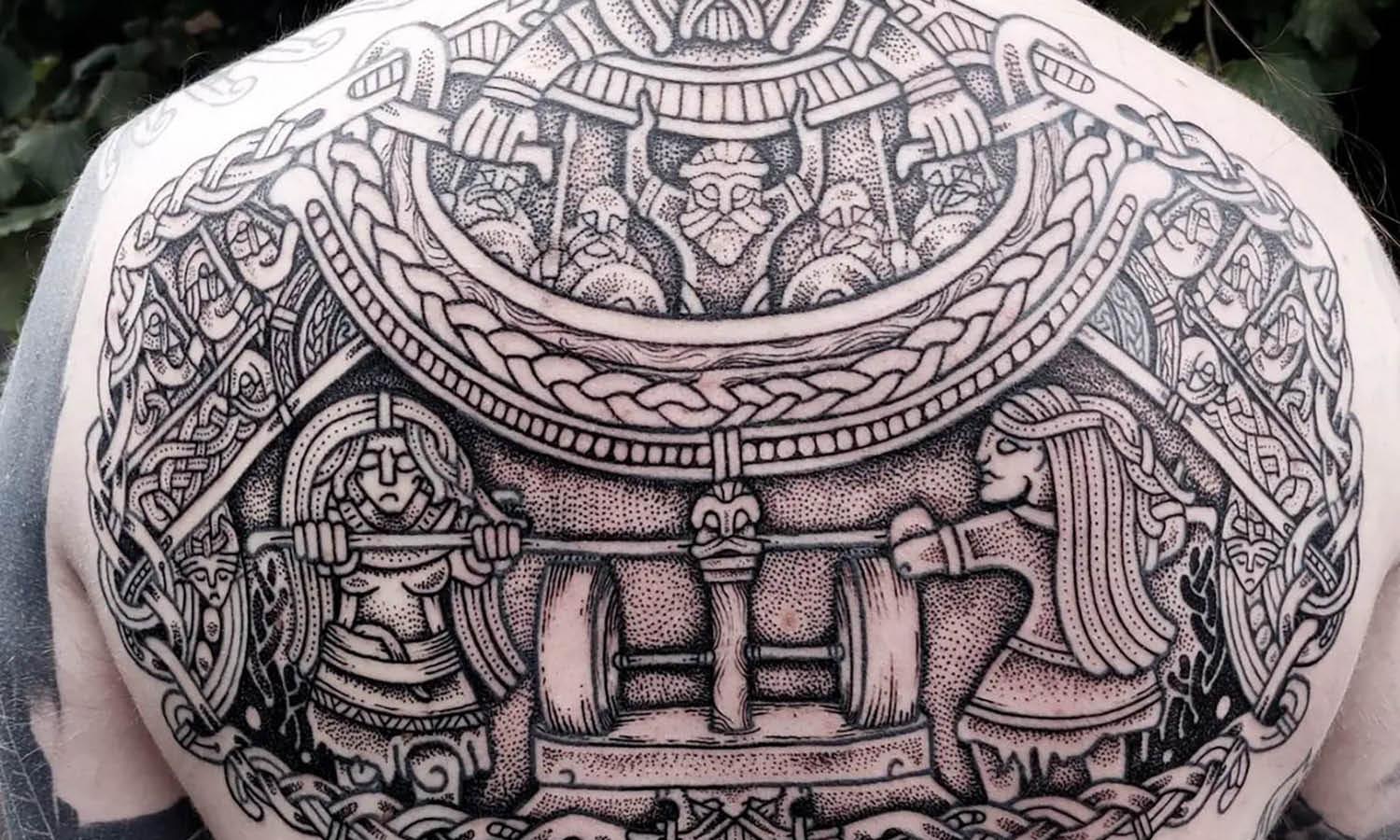
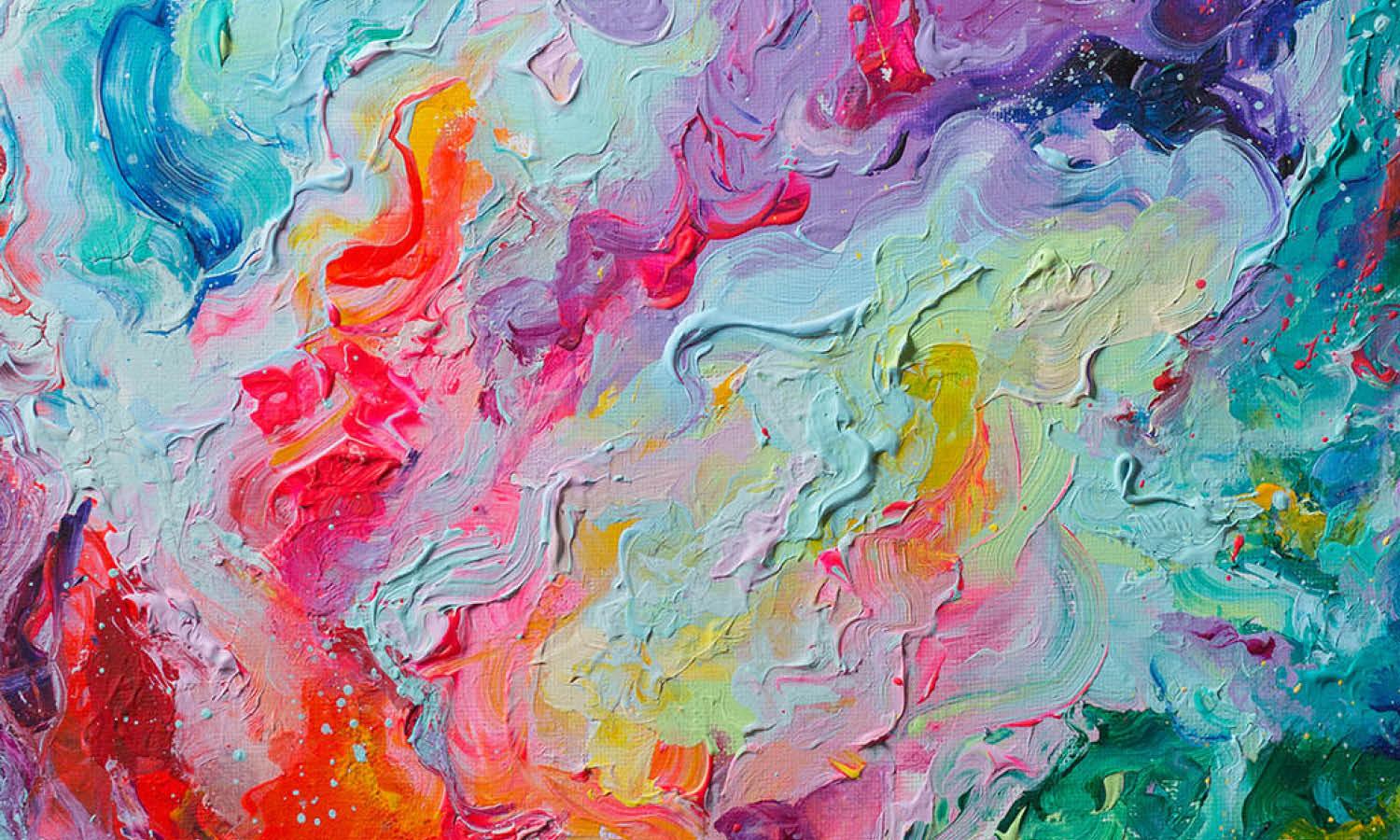
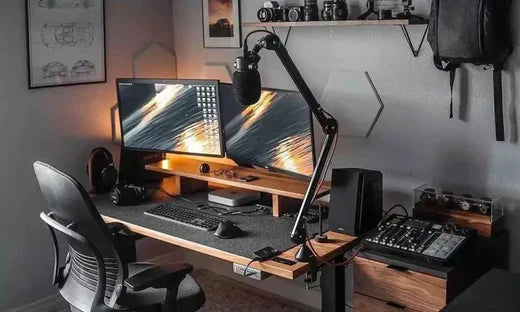


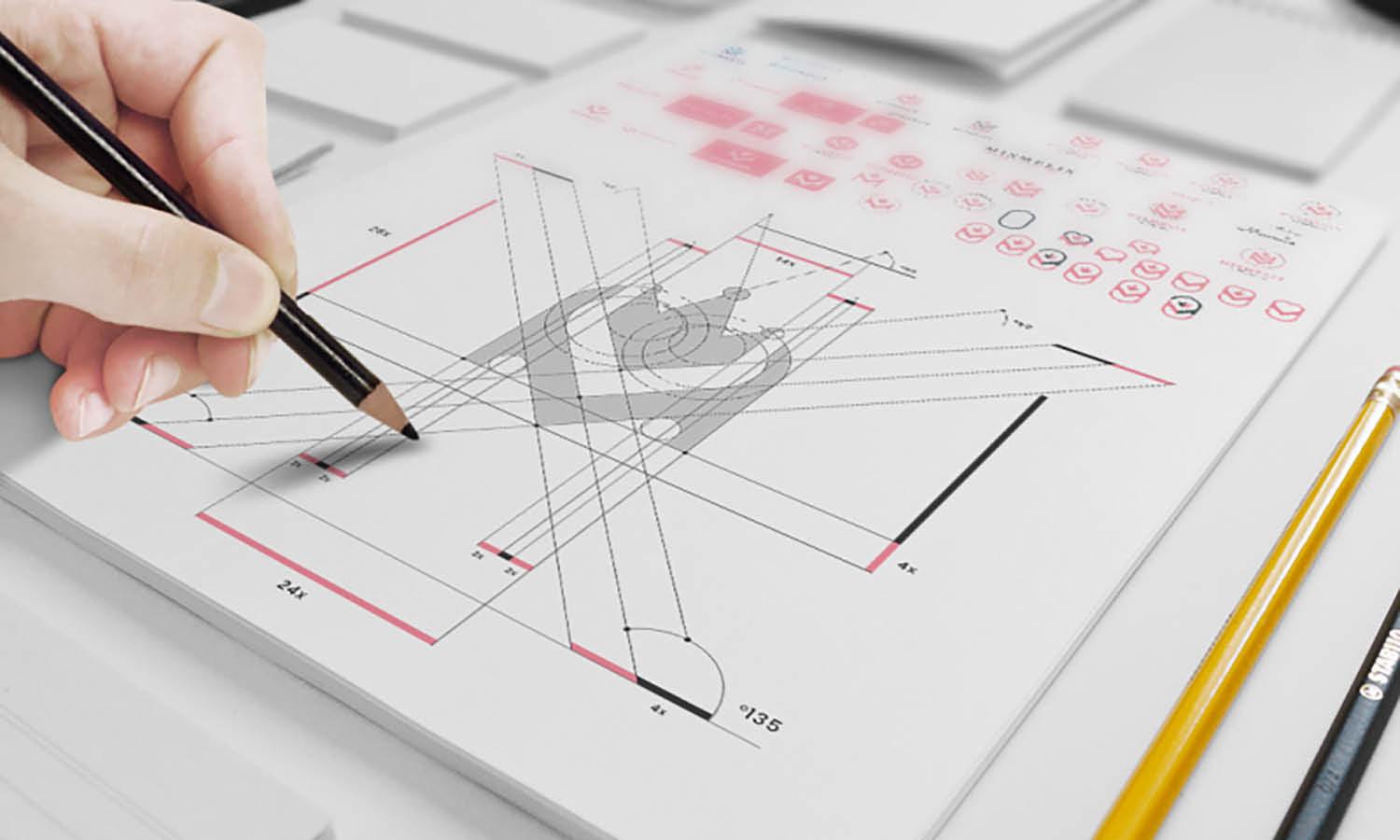







Leave a Comment